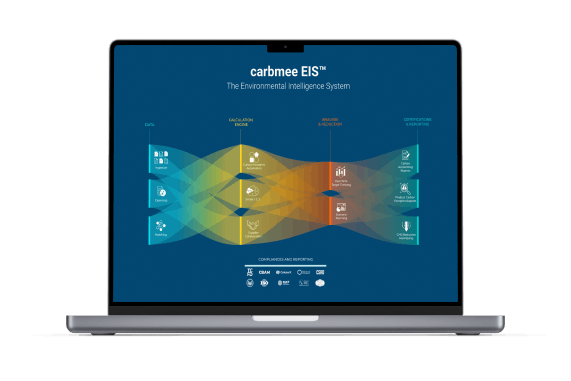carbmee academy:
Discover. Develop. Decarbonize
Designed to empower leaders and enterprises for a sustainable business transformation.
For sustainability decision-makers, corporate leaders, and impact investors who seek to enhance their understanding and implementation of carbon management and sustainability practices, carbmee academy is an educational platform that uniquely solves this by providing comprehensive, expert-led courses and workshops designed to equip participants with actionable insights and strategies for driving environmental and economic success.
- 4 hours bespoke workshops
- 499 € per module
- Discounts for early registration
Our Featured Courses
Featured Courses

CBAM
Compliance
Through discussions on cost forecasting, compliance, and future outlook, participants will be equipped to manage the challenges and opportunities presented by CBAM effectively.

Supplier
Engagement
The course addresses common challenges, shares best practices, and offers real-world case studies for actionable insights from industry leaders.
The carbmee academy full curriculum

Meet our Faculty
Alexandra Morton
Founder & MD
Circularify
Prof. Dr. Christian Heinrich
Founder & MD
carbmee
Benjamin Fieger
Supplier Strategy Specialist
carbmee
Florian Renneberg
CBAM & Sustainability Expert
carbmee
Tim Lohse
Environmental Engineer & LCA Expert
carbmee
Featured Courses
CBAM Compliance:
Navigating Carbon Border Adjustment Mechanism Regulations for Global Competitiveness
Supplier Engagement Strategies:
Building Collaborative Partnerships for a Low-Carbon Supply Chain
Upcoming Courses
Basics of Corporate Sustainability:
Foundations for Integrating Sustainability into Business Practices
CSRD (Corporate Sustainability Reporting Directive):
Understanding and Implementing New Reporting Standards
Net Zero Strategy:
Developing and Implementing Effective Net Zero Goals
Data Strategy:
Leveraging Data for Sustainable Business Decisions
People and Incentives:
Engaging Employees and Aligning Incentives for Sustainability
Processes and Workflows:
Streamlining Sustainable Practices in Daily Operations
Databases and Calculation Methodologies:
Utilizing Accurate Data and Methods for Sustainability Reporting
Decarbonization Levers (Scope 1/2/3):
Identifying and Implementing Emission Reduction Strategies
EcoDesign:
Building Sustainable Products for a Greener Tomorrow
About carbmee
carbmee is a carbon management software company headquartered in Berlin with enterprise customers across the globe. The Environmental Intelligence System carbmee EIS™ is a holistic carbon footprint software for all emission & footprint calculations helping industrial manufacturing, automotive, and consumer goods companies realise their net-zero strategy. It automates carbon management at granular level data, providing companies with visibility into their Scope 3 and supply chain emissions. By collecting data from across the value chain, the platform enables carbon traceability and product carbon footprinting, while identifying emissions reduction opportunities.
